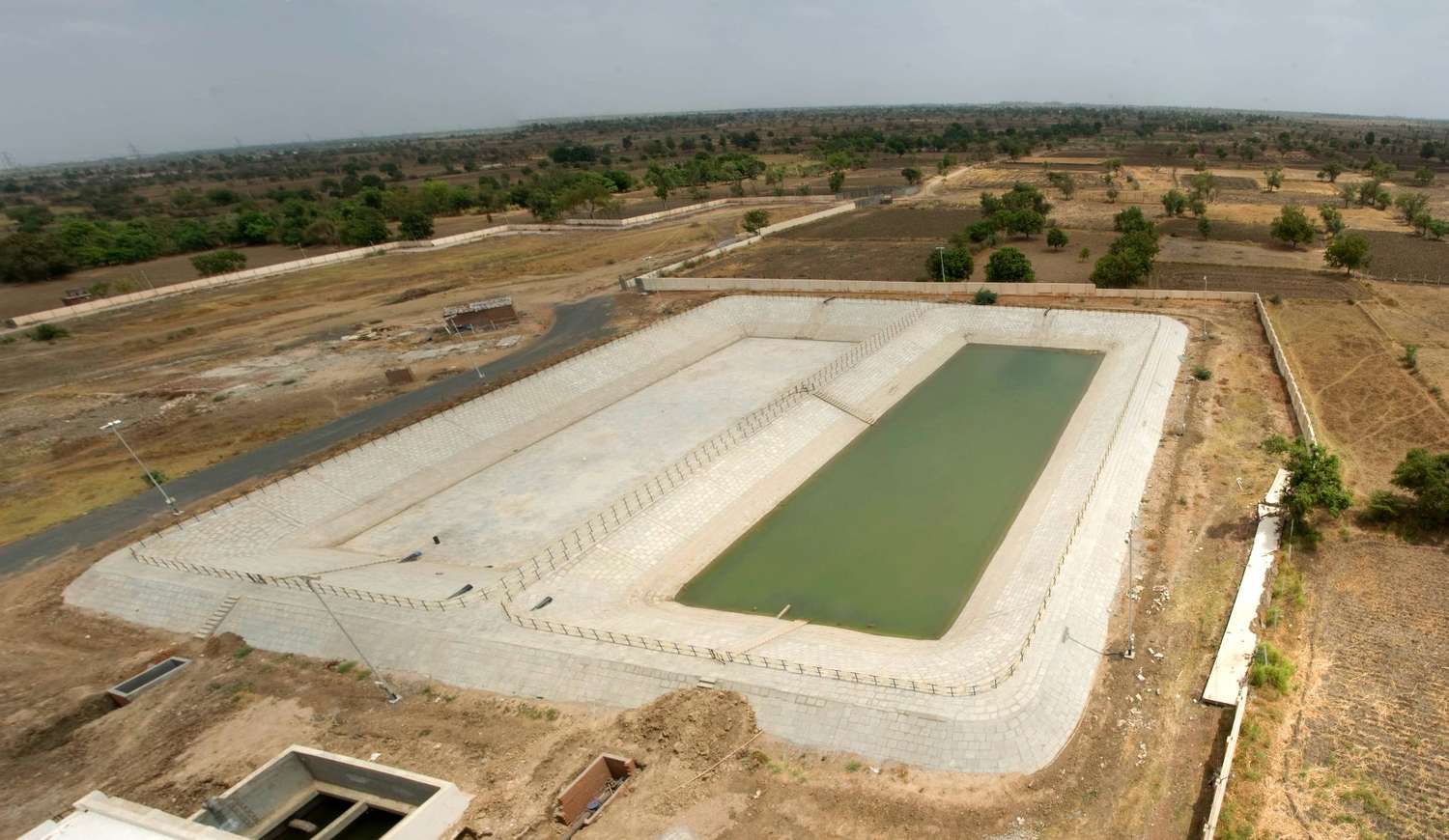
How Can You Maximize the Efficiency of Rainwater Harvesting Systems?
Rainwater harvesting systems have become increasingly popular over the last 20 years as people become more aware of the need to conserve water. These systems are specifically designed to efficiently collect rainwater and accumulate it for future use.
However, the performance of rainwater harvesting systems depends on a number of factors, including the size and design of the system, the quantity and frequency of rainfall, and the intended use of the harvested rainwater.
In this article, we will be exploring the performance of rainwater harvesting systems, their benefits, and their limitations.
Factors Influencing the Performance of Rainwater Harvesting Systems
The performance of a rainwater harvesting system depends on several factors, such as the size and design of the system, the amount of rainfall and its frequency, and the intended use of the accumulated water. Let’s examine each of these factors in more detail.
Size and Design of the System
The size and design of the system are two of the most vital factors that determine its performance. A well-designed rainwater harvesting system that is appropriately sized for the building and the local rainfall patterns can undoubtedly collect a significant amount of rainwater. The size of the storage tank in the system, in particular, is a crucial factor in judging the performance of the system.
A tank that is too small will not be able to store enough water to meet the forecasted demand, while a tank that is too large can be overpriced and may not be fully utilized.
The design of the rainwater harvesting system also plays a vital role in its performance. The surface collecting the rainwater should be given an appropriate slope to ensure that water flows towards the downspouts or other collection points. The conveyance system shall be designed to minimise or eliminate water loss due to evaporation, leaks, or other such factors.
Finally, the storage tank of the rainwater harvesting system should be placed in a location where it is protected from sunlight and other weather elements and where it can be easily accessed for periodic maintenance.
Amount and Frequency of Rainfall
The amount and frequency of rainfall are another important factor that affects the performance of a rainwater harvesting system. In areas with high rainfall, a well-designed system can potentially collect a significant quantity of rainwater.
However, in areas with low rainfall, the system may not be able to collect enough rainwater to meet the demand. In addition, the frequency of rainfall is also a vital consideration. A system that is designed to capture a large volume of water during infrequent rainfall events may not be as effective as a system that is designed to capture a smaller volume of water more frequently.
Intended Use of Harvested Water
The intended use of the harvested rainwater is also an important factor that affects the performance of a rainwater harvesting system. If the accumulated water is intended for non-potable uses, such as irrigation or toilet flushing, then the system can potentially meet a significant portion of the water demand.
However, if the harvested water is intended for potable uses like drinking or cooking, then additional treatment and filtration processes may be required, which can add to the cost and complexity of the rainwater harvesting system.
Benefits of Rainwater Harvesting Systems
Let us have a look at some of the benefits of rainwater harvesting systems.
Water conservation: Rainwater harvesting systems enable you to collect and store rainwater for later use, reducing your need for municipal water sources and conserving water.
Reduced water bills: By using rainwater for non-potable uses like irrigation, toilet flushing, and laundry, one can significantly minimise water bills.
Flood and erosion control: Rainwater harvesting systems assist in reducing the amount of storm water runoff, which can help eliminate flooding and erosion.
Reduced strain on municipal water systems: By minimising the demand for municipal water sources, rainwater harvesting systems can help ease the strain on local water systems, particularly in areas with water scarcity or frequent droughts.
Improved water quality: Rainwater is naturally soft and free from the minerals and chemicals found in municipal water sources, making it a good alternative for certain uses such as irrigation.
Reduced carbon footprint: Using rainwater for non-potable uses can help reduce the carbon footprint, as it requires a lesser amount of energy to treat and transport rainwater than municipal water sources.
Increased self-sufficiency: By harvesting and storing rainwater, one can become more self-sufficient and minimise the reliance on external resources.
Drought protection: In areas that are prone to drought, rainwater harvesting systems can offer a reliable source of water for non-potable uses when municipal water sources are restricted or unavailable.
Overall, rainwater harvesting systems offer an extensive range of benefits, from water conservation and cost savings to enhanced water quality and increased self-sufficiency. By carefully considering factors such as the size and design of your system and your intended use of the harvested water, you can reap these benefits and minimize the impact on the environment.
Wrapping Up
Rainwater harvesting systems offer several benefits, including reducing the demand for municipal water sources, reducing storm water runoff, and lowering water bills. However, the performance of these systems depends on several factors, including the size and design of the system, the amount and frequency of rainfall, and the intended use of the harvested water.
Homeowners and businesses should consider these factors carefully when deciding whether to invest in a rainwater harvesting system. Overall, these systems can be an effective way to save water for future use and reduce reliance on municipal water sources.





